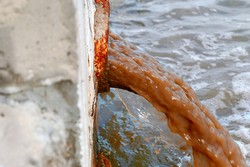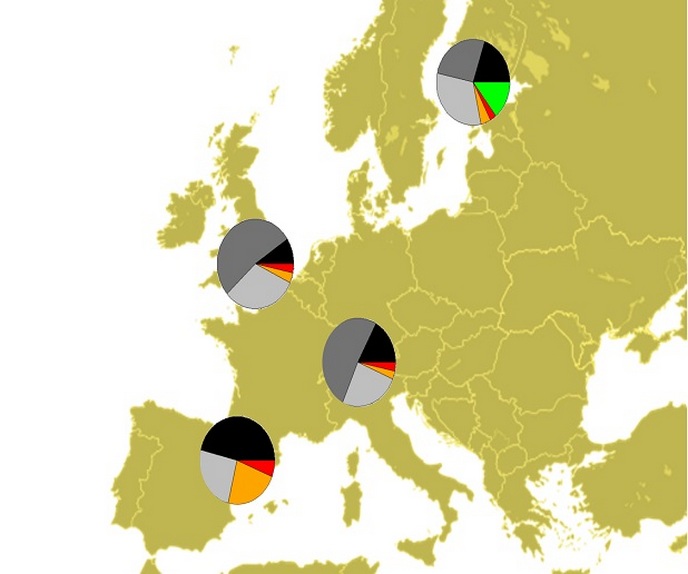A new approach to chemical risk assessment
As the name suggests, the sludge worm, Tubifex tubifex (T. tubifex) is a common inhabitant of lake and river sediments. It can survive poor oxygen conditions along with heavy pollution levels as well as drought and food shortage. However, the worm doesn’t come out unscathed when it comes to metal contamination. The ASAP project has studied the impact of the three sediment-associated metals – copper, cadmium and nickel, on T. tubifex. Researchers applied the toxicokinetic-toxicodynamic general unified threshold model of survival (GUTS) and the DEBkiss model to individual worms. These were extrapolated to population level using IBM modelling. Results showed that chemical stress induced by metals caused different variations in energy allocated to reproduction. This could be measured as a change in reproductive output. Stress from copper increased energy invested in reproductive effort while cadmium changed allocation of energy available. Nickel however, showed a hormetic effect, where a lower dose of toxin causes a higher response followed by a lower response when the dose is increased. This resulted in a longer reproductive time span. With the exception of nickel to a lesser extent, metal stress caused changes in juvenile production that could be due to effects on the adult with resulting embryo impairment or effects on the juvenile stages. The application of GUTS to model the worm’s survival revealed that the selection of the affected parameter, the dose metric, affects the goodness of fit of the model. In the case of copper, the metabolically available copper fraction provided a more sensitive model fit. ASAP have achieved firsts in application of a modelling framework to time series data from whole-sediment toxicity tests and inclusion of internal metal concentration rather than scaled internal concentrations. Also highlighted is the importance of selecting the most appropriate dose metric to reduce model uncertainty and uncover the physiological effects of metal toxicity. The team are confident that this approach can be used to develop standardised models for chemical risk assessment.







